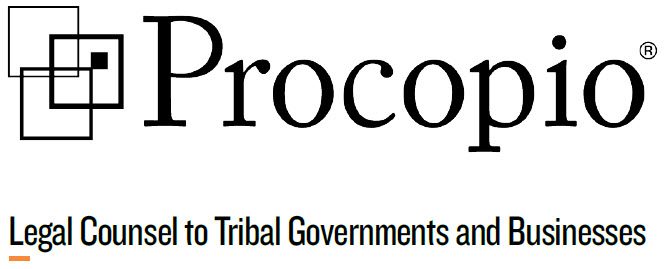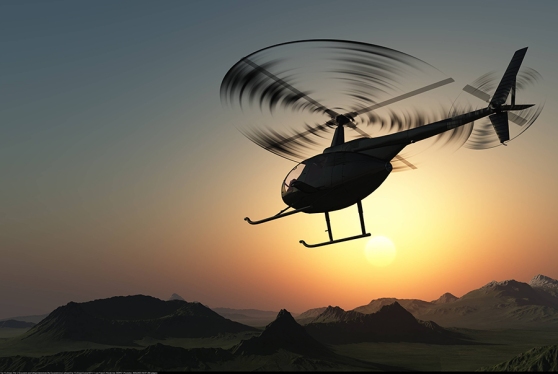
“A victory not just for Pala, but for all Native people who continue the fight to protect sacred lands and waters all over the country”.
During battles such as those currently underway over the Standing Rock Sioux protection of its water source and heritage against the DAPL pipeline project, victories such as this must be celebrated Thank you Pala Band of Mission Indians for allowing us to be part of your Victory!
FOR IMMEDIATE RELEASE CONTACT: Doug Elmets
November 17, 2016 (916) 329-9180
PALA, CA – Today, GCL, LLC (“GCL”) and the Pala Band of Mission Indians came together to end the decades-long dispute over the proposed Gregory Canyon Landfill. GCL, the owners of the property, and the Pala Band cooperated to negotiate the sale of a portion of the property that included the former landfill site.
This represents a new beginning for GCL, the Pala Band, and the neighboring community. The purchase protects sacred Gregory Mountain and other important and culturally-significant sites forever.
In their discussions with the Pala Band, GCL came to understand and appreciate the importance of the surrounding community and the interest in preserving a cultural landscape. GCL has begun to explore alternative uses for the remaining land which include residential and commercial development. The Pala Band has long urged developers to consider such alternative uses for the property and has agreed to show support for GCL throughout this process.
“The Pala Band of Mission Indians is very pleased to have been able to work cooperatively with GCL to achieve a result that protects both our sacred sites and the water resources critical to numerous users along the river,” said Pala Band Chairman Robert Smith. “Pala supports GCL’s efforts to construct an alternative and more desirable residential and commercial project on its remaining property.”
Pala Environmental Director and Tribal Historic Preservation Officer Shasta Gaughen added, “This is a victory not just for Pala but for all Native people who continue the fight to protect sacred lands and waters all over the country. We are relieved to know that sacred Chokla will never again be threatened.”
Todd Mikles, principal of GCL, stated that, “Since my involvement two years ago, I made it a priority to understand the concerns of the Pala Band and neighboring community. I commend Chairman Smith and the entire Pala Band on working with us to reach a resolution. We are excited about the prospect of benefiting North County San Diego in the future.”
The Pala Band of Mission Indians is a federally recognized tribe whose reservation is located along the Palomar Mountain range approximately 30 miles northeast of San Diego. The majority of the over 900 tribal members live on the 12,000-acre reservation, established for Cupeño and Luiseño Indians, who consider themselves to be one proud people – Pala.



